Sarehole (The Shire)

Tolkien's family was from Birmingham, England, though he was born in South Africa. Birmingham may not have the epic sweep of Middle-Earth, but the influence is strong. Consider Sarehole, the small hamlet where Tolkien spent most of his childhood. The lush green scenery is very evocative of the Shire. Nearby Moseley Bog is widely-held to be the inspiration for the Old Forest. The secret tunnels under Spring Hill College could have inspired Bag End, and the Sarehole Mill is almost certainly the mill at Hobbiton—young Tolkien could see it from his house.
(image via Instagram)
Edgbaston (Gondor)
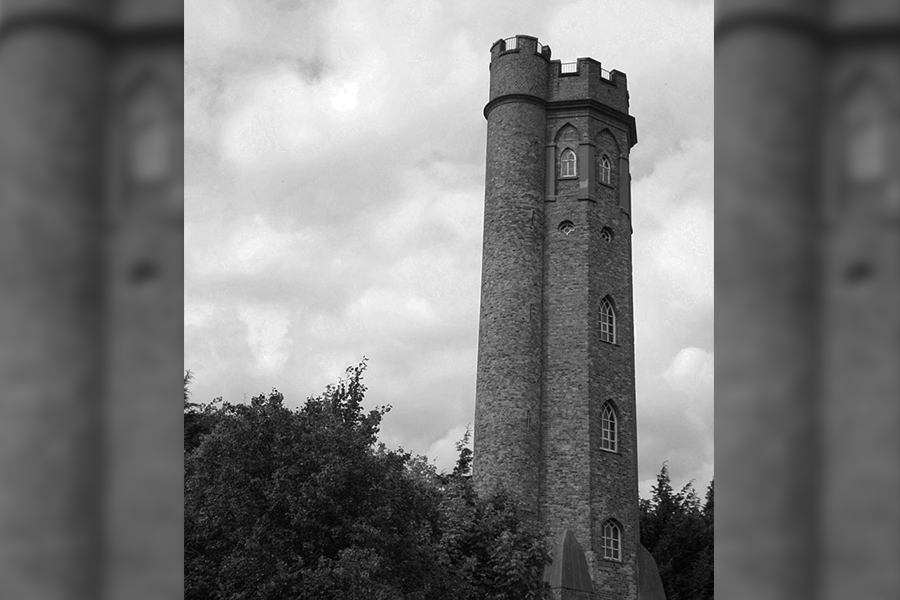
Tolkien's mother instilled in him a love of botany and languages. Upon her death, he and his brother moved to Edgbaston to live with an aunt. Here he lived under two towers—Edgbaston Waterworks and Perrott's Folly, which you can see on the local Tolkien Trail. They are more humble than Gondor's Two Towers, but many fans believe they inspired the author.
(image via Instagram)
Mont Saint-Michel (Minas Tirith)

For the film, Minas Tirith was constructed with a mixture of life-sized sets and insanely detailed miniatures. The inspiration for the famous walled city was Le Mont-Saint-Michel, and island commune in Normandy, France, that features strategic walls and fortifications standing since before the 8th century. In addition to the fortifications, its position by the sea made it accessible to allied guests but almost impenetrable to invaders. In 1433, this little island remained unconquered in the face of an English invasion, making it a perfect fit for Minas Tirith, which barely repelled a massive invasion.
(image via Instagram)
The Black Country (Mordor)

The Black Country lies in the West Midlands in England, northwest of nearby—you guessed it—Birmingham. As the Industrial Revolution swept in, coal mining, coking, iron foundries, and steel mills transformed the landscape and choked the air with pollution. The U.S. Consul at the time, Elihu Burritt, described it as "black by day and red by night."
(image via Flickr)
The Alps (The Misty Mountains)
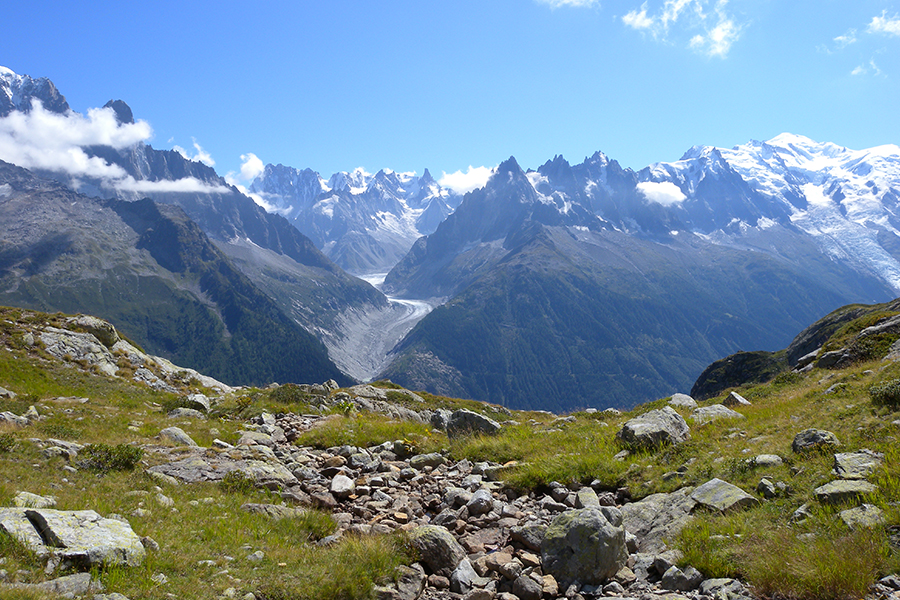
In 1911, Tolkien traveled through the Swiss Alps, which further fueled the fires of his imagination. Tolkien fans have long postulated that Middle-Earth is roughly analogous to parts of Europe. Tolkien said that this Alps journey directly inspired him to write Bilbo's, so of course the snow-capped mountains would show up to a degree in his work. You can actually take a tour retracing the steps of that trip with the leader of the Tolkien Society as you take in the stunning mountain views that stirred the author's imagination.
(image via Wikimedia)
Lauterbrunnen (Rivendell)

While on that same 1911 trip, Tolkien hiked through the Lauterbrunnen Valley from Interlaken. The landscape here provided the model for his own concept art—his sketches and watercolor paintings of the Valley of Rivendell are basically Lauterbrunnen. Rivendell is a place of incredible beauty and comfort, and this trip seems to have meant much the same to Tolkien, who was transitioning from a relatively tragic childhood into the unknown territory of his studies at Oxford.
(image via Wikimedia)
Celtic Europe (Lindon)
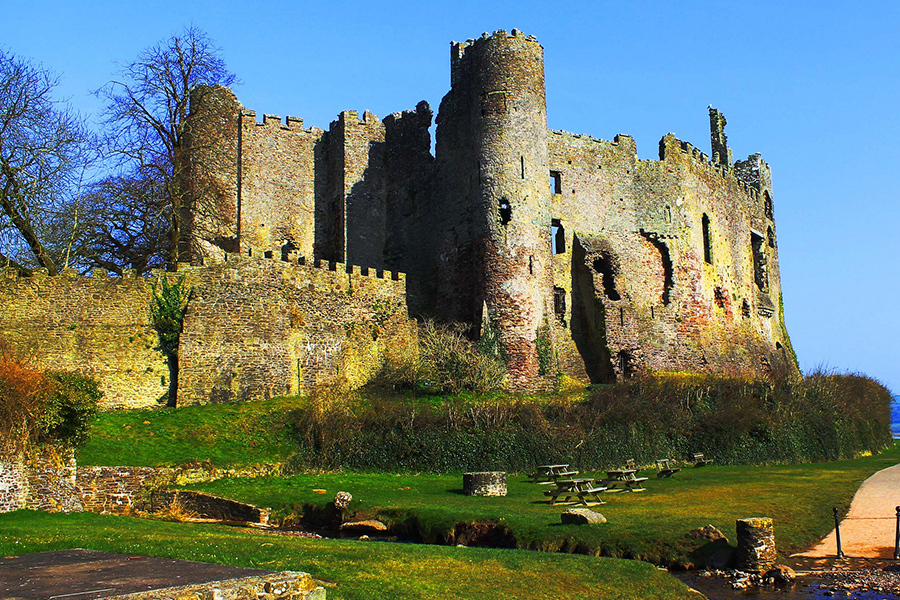
The lands of Lindon are rich and green with forests. Here is Elven country, where no Man dwells. By the time Lord of the Rings rolls around, people pretty much only come here in order to float off to the Undying Lands. The lush descriptions of the woods have made many fans suspect that the lands around Ireland, Wales, and Scotland inspired the old domain of the Elves. Even if it wasn't an intentional comparison, the area sure is beautiful enough.
(image via Flickr)
Putangirua Pinnacles (The Paths of the Dead)
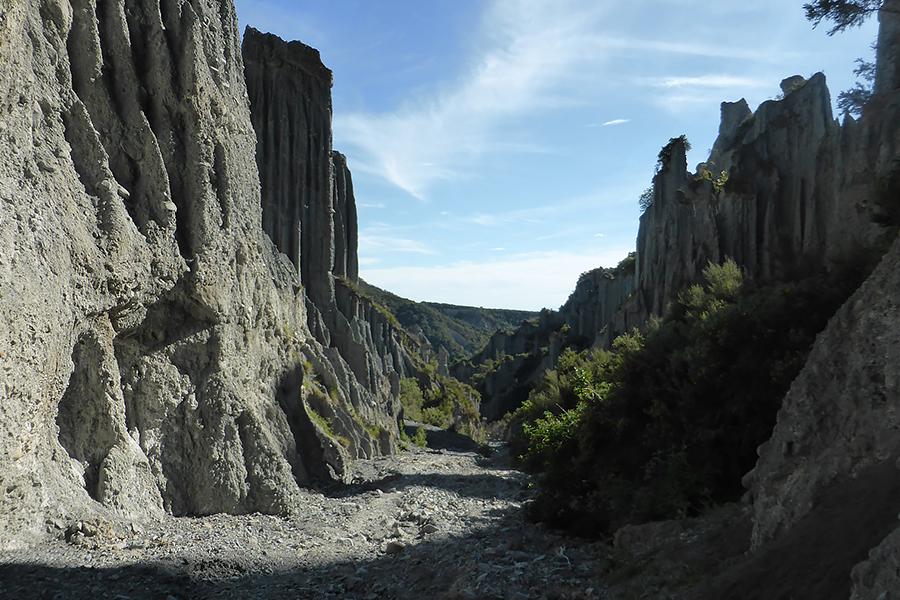
Aragorn is the heir of Isildur and rightful heir to the thrones of Gondor and Arnor. Before he can claim his title, though, he's got to go round up a bunch of dead guys who broke a promise to his ancestors. Those poor sad dudes are wandering around the Paths of the Dead. The real-life Paths of the Dead are the Putangirua Pinnacles where badlands erosion has carved the landscape into enormous, foreboding pillars of earth called hoodoos. This place is every bit as looming and foreboding as Tolkien imagined.
(image via Flickr)
Tongariro National Park (Emyn Muil)
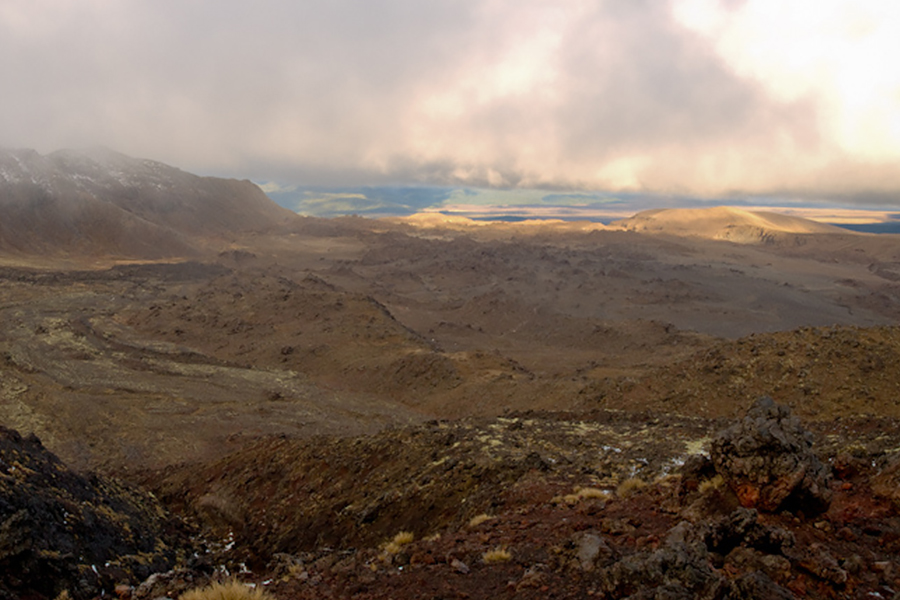
Mordor was almost certainly inspired by the ruined countryside that the Industrial Revolution had wrought, but in order to bring his barren wasteland to life, Peter Jackson and crew turned to Tongariro National Park. Mt. Ngauruhoe stood in for Mt. Doom. While this active volcano hasn't erupted in about 40 years, the ground is still barren enough to suggest Sauron's corrupting influence on the land.
(image via Flickr)
Kaitoke Regional Park (Rivendell)

Kaitoke Regional Park contains acres of lowland rainforest, making it perfectly elf country. While many of Rivendell's waterfalls were computer-generated, the place still feels like the tranquil, wooded enclave that Elrond called home. In the same park, the nearby Hutt River stood in for the fords of the River Isen, a strategic entry point into Rohan.
(image via Instagram)
Machu Picchu (Weathertop)

Machu Picchu is very strongly associated with the Incas, so much so that you may ask what about it could possibly wind up in a British guy's fantasy book from the 1950s. There's not a strong Incan influence on Middle-Earth, but Frodo and his companions are beset at Weathertop, the ruins of a majestic city set on the highest peak of the Weather Hills. The film crews built a set for this one, but since part of Weathertop's value was the strategic view of the surrounding country, it's hard to imagine a place on earth more apropos than Machu Picchu.
(image via Wikimedia)
The Atlantic Ocean (Belegaer)
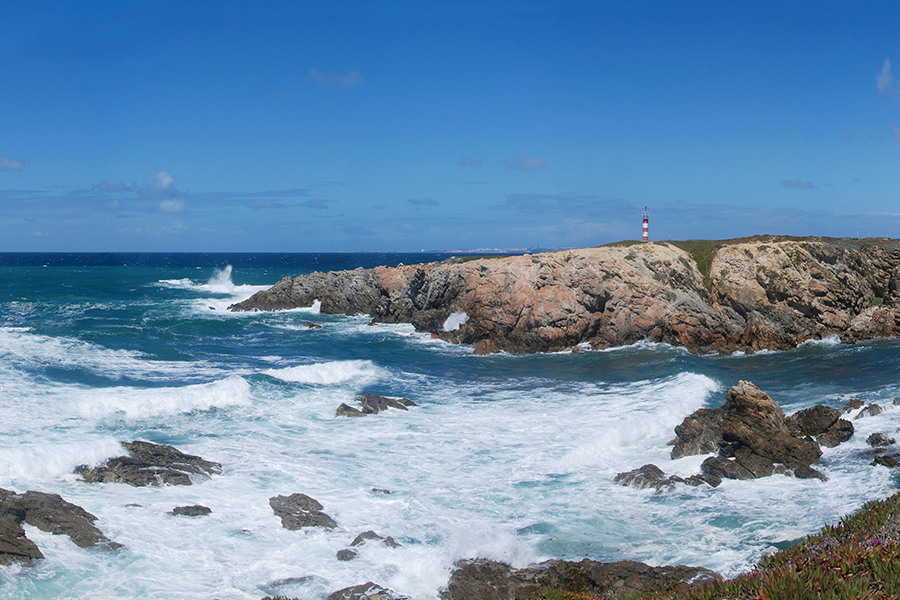
The sea was important to Tolkien. He wrote poems about it. His elves have an inborn yearning to traverse it. And for many of his characters, it represented passing on from this world to the next in a very concrete way. Of course, the water has held a fascination for artists for millennia. The North Sea may be a good place to explore that feeling, but you can't beat the majesty of the Atlantic if you want to invoke a Tolkinesque wanderlust.
(image via Wikimedia)
Wieliczka Salt Mine (Glittering Caves of Aglarond)

You won't find treasure in the strictest sense at Wieliczka, but you will find the closest you'll ever get on earth to Aglarond. After descending nearly 500 feet of stairs, you find the mine itself, 178 miles long and reaching a depth of over 1,000 feet. The cavernous underground chamber would be impressive enough on its own, but there is also a cathedral here, hewn from the salt. Statues, chapels, and even chandeliers have been made out of the rock salt with a dexterity that would impress even the Dwarves.
(image via Instagram)
Epping Forest (Mirkwood)

Mirkwood is a dark, sinister forest that Bilbo and the Dwarves traveled through on their way to reclaim the Dwarven home at Erebor. Sauron's presence near the forest had made it twisted and evil, such that the native Elves fled to the far reaches. Mirkwood's evil is a pressing force whose weight you can feel as you try to hack through the deserted trails. For that, we turn to Epping Forest, a woods near London which served as a hideout for the famous highwayman Dick Turpin and has seen the discovery of at least 13 bodies from 1966 to 2015.
(image via Flickr)
Mount Sunday (Edoras)
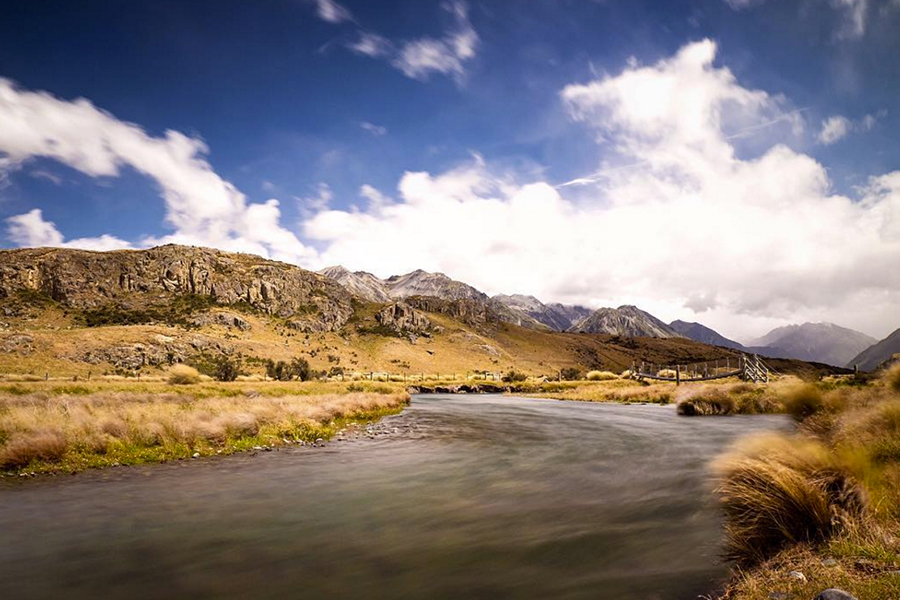
Edoras was the capital of Rohan. If you've made it this far, you probably know that Rohan was the one with the humans and the horses. The crew actually built the city here on Mount Sunday, and, while it's no longer here, you can feel Rohan around you as you hike the mountain or watch the wind sweep through the golden plain below.
(image via Instagram)
Son Doong (The Mines of Moria)

There aren't actually mines in Son Doong, but it is the largest cave in the world. Tolkien was always fascinated by scope—the Fellowship always seemed to travel to the tallest mountains, the deepest caverns, the steepest cliffs. It's in that spirit that we suggest Son Doong. It may not have a Balrog, but it is so enormous that a jungle has grown up around the river that runs through it. From towering caverns to never-before-seen plants, this place has a heft and enormousness that would make Tolkien proud.
(image via Instagram)
Patmos (Gondor)
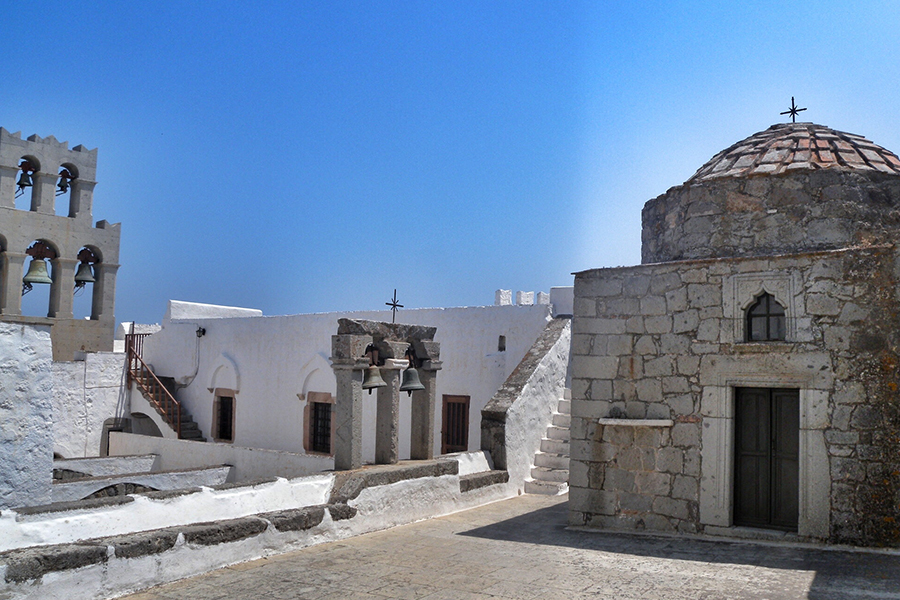
Under the Romans, Greece was an Eastern province of a larger empire, a shadow of its former self. Greece was ruled from Constantinople, and while we know that city today as Istanbul, it was originally founded as "New Rome." The Siege of Minas Tirith in The Two Towers almost reads like an alternate version of the fall of Constantinople. Today, Constantinople is bustling, but it—and the region around it— carry remnants of an ancient greatness, one that instills wonder and yearning for days long past—much like Gondor.
(image via Flickr)
Danube River (Anduin)

The Danube may run the wrong way, but it certainly feels like the Anduin. It's long enough, and it follows a similar path, wandering mostly over light hills and forests as it meanders its way through the continent, steadily picking up tributaries from the surrounding countryside and somehow being enormous and gentle at the same time.
(image via Wikimedia)
Great Plains (Rohan)

The countryside of Rohan is often described as being "seas of grass." There are many places that fit that description, but the American Midwest is one of the first to come to mind. The Great Plains make up over half a million square miles of prairies, steppes, and grasslands, stretching out flat as far as the eye can see. While you may not see the Rohirrim ride over the ridge, you may come across the occasional dude ranch, which is at least the next best thing.
(image via Flickr)
Matamata (The Shire)

Matamata already looks and feels like something from Middle-Earth. The town lays at the base of the Kaimai mountain range, and the farming community here is known for breeding and riding thoroughbred horses. The Lord of the Rings crew built Hobbiton here, fixing thresholds and front-yard gardens into the hillsides of a private farm. Beyond simply visiting the area to get a feel for the books, you can actually see the Hobbiton set. It's still standing, and it includes replicas of the Green Dragon Inn and the Mill.
(image via Instagram)
 Author
Garrett Steele
Last Updated: May 23, 2019
Author
Garrett Steele
Last Updated: May 23, 2019